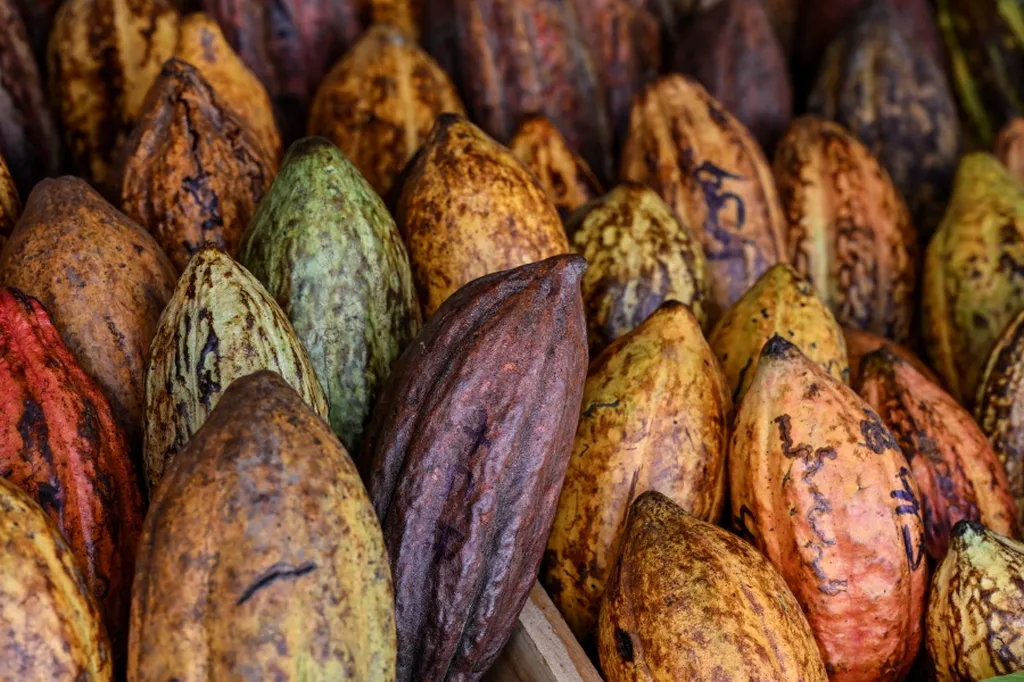In the heart of Malaysia, a groundbreaking study is reshaping the future of cocoa cultivation, with implications that could ripple through the global agricultural industry. Nurella Eziwana Juwahir, a researcher from the Faculty of Tropical Forestry at Universiti Malaysia Sabah, has been delving into the world of cocoa clonal seedlings, seeking alternatives to the currently favored rootstock, UIT1 × NA33.
The cocoa industry is facing a significant challenge: a shortage of clonal seedlings that utilize the UIT1 × NA33 rootstock. This scarcity has sparked a search for alternatives that can match or even surpass the growth and root characteristics of the current standard. Juwahir’s study, published in the AGRIVITA Journal of Agricultural Science (which translates to “Journal of Agricultural Science”), is a beacon of hope in this quest.
The research focused on evaluating and screening the growth and root performance of selected commercial cocoa seed clones. Using 45 rhizotrons, Juwahir and her team grew roots to a one-meter depth, measuring height increment, root intensity, and root depth throughout the study. The results were promising. “We found that clones KKM 1, PBC 123, QH 22, and MCBC 1 exhibited good root performance and growth,” Juwahir explained. “This indicates their potential as alternative rootstock for UIT1 × NA33.”
The implications of this research are substantial. With these new alternatives, the cocoa industry could see improved seedling production, leading to more robust and productive cocoa plants. This could translate to increased yields and a more resilient cocoa supply chain, benefiting farmers and consumers alike.
Moreover, the study’s findings could pave the way for further research into rootstock alternatives, potentially leading to the discovery of even more superior clones. As Juwahir noted, “This is just the beginning. There’s so much more to explore in the world of cocoa clonal seedlings.”
The study’s results are a testament to the power of scientific inquiry and its potential to drive innovation in agriculture. As the world grapples with the challenges of climate change and food security, research like Juwahir’s offers a glimpse into a future where agriculture is not just sustainable but also resilient and productive.
In the words of Juwahir, “We’re not just growing cocoa; we’re growing the future.” And with her research, she’s helping to cultivate a future that’s brighter and more bountiful for us all.

